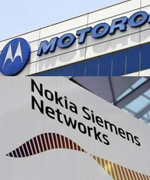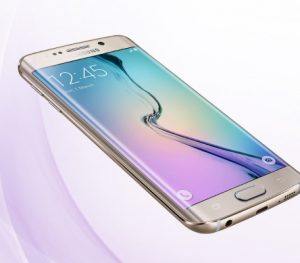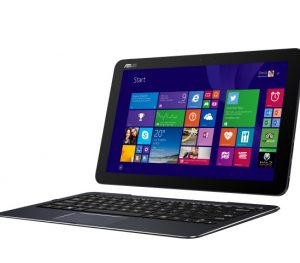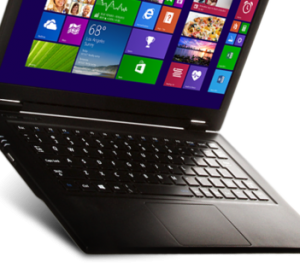 Nokia Siemens Networks’ acquisition of most of Motorola’s cellular networks business may be the last move in a long game of consolidation in the industry, which has been hammered by price pressures.
Nokia Siemens Networks’ acquisition of most of Motorola’s cellular networks business may be the last move in a long game of consolidation in the industry, which has been hammered by price pressures.
The European joint venture, which itself was formed just three years ago, announced on Monday it would buy the bulk of Motorola’s wireless network infrastructure assets for approximately US$1.2 billion in cash. The acquisition includes operations that supply carriers around the world with cellular networks of all kinds and had sales of $3.7 billion in 2009. Motorola will retain most of its intellectual property, as levitra canada online well as its business making equipment for the iDEN network used by Sprint Nextel.
After the close canadian cialis of the deal, expected by the end of this year, Nokia Siemens, also called NSN, expects to advance from the fifth-largest to the third-largest vendor in North America. It also expects to become the largest foreign supplier of cellular infrastructure equipment in Japan as it takes over Motorola’s supplier relationship with carrier KDDI.
“This deal is about customers,” NSN CEO Rajeev Suri said on a conference mastercard viagra call following the announcement. It will bring NSN supplier relationships with 50 more carriers and strengthen its relationships with Verizon Wireless, China Mobile and Vodafone, among others, the company said. NSN expects the new business to be profitable.
The mobile network equipment business has been consolidating for propecia uk cost several years as carriers themselves have combined, seeking greater scale to compete in a cutthroat consumer business. The trend has accelerated in the wake of massive investments in 3G (third-generation) networks, before the 4G market has quite gotten off the ground, according to analyst Peter Jarich of Current Analysis. The growing reach of Chinese vendors, such as Huawei and ZTE, has also driven prices down, encouraging network vendors to get bigger and spread out their costs, analysts said.
“It’s tough if you’re not big,” Jarich said. Motorola suffered from this problem, still trying to compete in the alphabet soup of cellular standards: GSM (Global System for Mobile Communications), CDMA (Code-Division Multiple Access), Wideband CDMA, WiMax and LTE (Long-Term Evolution). Keeping up with each generation of technology requires significant research and development resources, which favors the biggest global players, he said.
In addition to Nokia and Siemens merging their network infrastructure businesses in 2007, in the past decade Alcatel and Lucent have combined and Nortel Networks has sold off its wireless gear divisions, mostly to Ericsson. But the latest transaction may be the last, at least for a while.
“I think we probably have reached the end of the significant (merger and acquisition) activity,” said Yankee Group analyst Ken Rehbehn.
There are now essentially five major vendors of wireless network gear — Ericsson, NSN, Alcatel-Lucent, Huawei and ZTE — and the industry is probably the right size now, Rehbehn said. Any further consolidation would require a massive transaction. The threat of consolidation can make it harder for mobile operators to plan network strategies.
As difficult as the network equipment business is, it also doesn’t fit well with Motorola’s other businesses, Rehbehn said. The company is still in the midst of separating its struggling handset business from its units that make network gear for government, enterprises and public safety agencies. The mobile-operator infrastructure business would have become part of the latter business, which will be called Motorola Solutions, if the company had retained it.
Asked on the conference call whether Monday’s deal is the last sale of an asset before the company splits early next year, Co-CEO Greg Brown, who will lead Motorola Solutions, said he is not working on any other deals. The agreement with Nokia Siemens had been in the works for months, he said.
Ultimately, the acquisition is unlikely to greatly affect mobile operators or their subscribers, other than by ending the uncertainty about the unit’s future, analysts said. Nokia Siemens will probably nurture Motorola’s WiMax business even though LTE has gained greater traction among carriers worldwide, Rehbehn said. Motorola’s existing relationship with Clearwire for its growing WiMax network is a lucrative one, he said. The company is sure to do everything it can to set Clearwire up for a smooth transition to LTE from its existing infrastructure, if the carrier chooses to make that move, the analysts said.
As part of the deal, NSN will have access to Motorola’s intellectual property through a cross-licensing deal in perpetuity, NSN officials said. That means Motorola can keep the intellectual property not only as an asset but also for use in its enterprise, public safety and government products.
Other effects remain to be seen.
“The value of any deal comes from the execution,” Jarich said.











